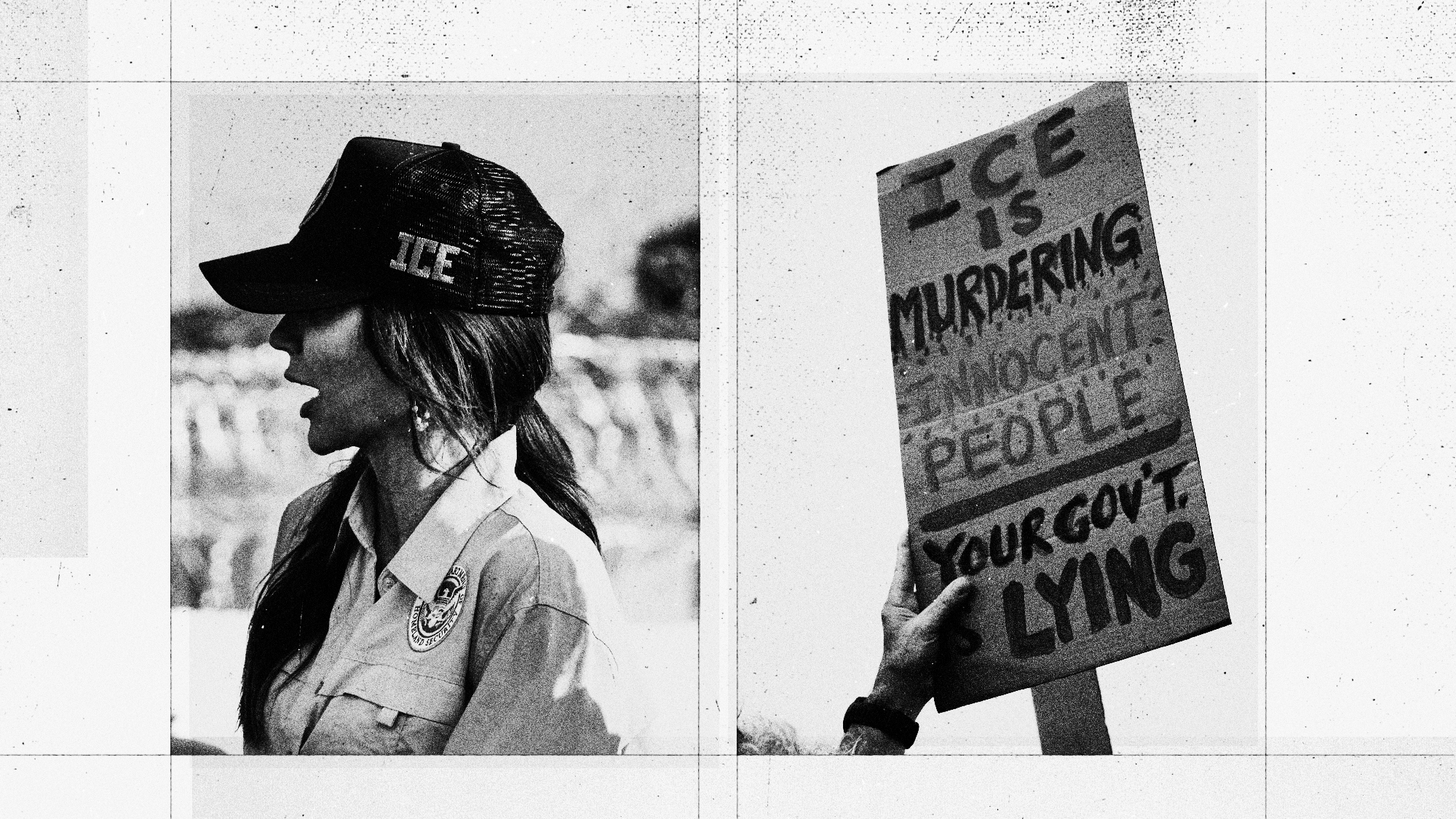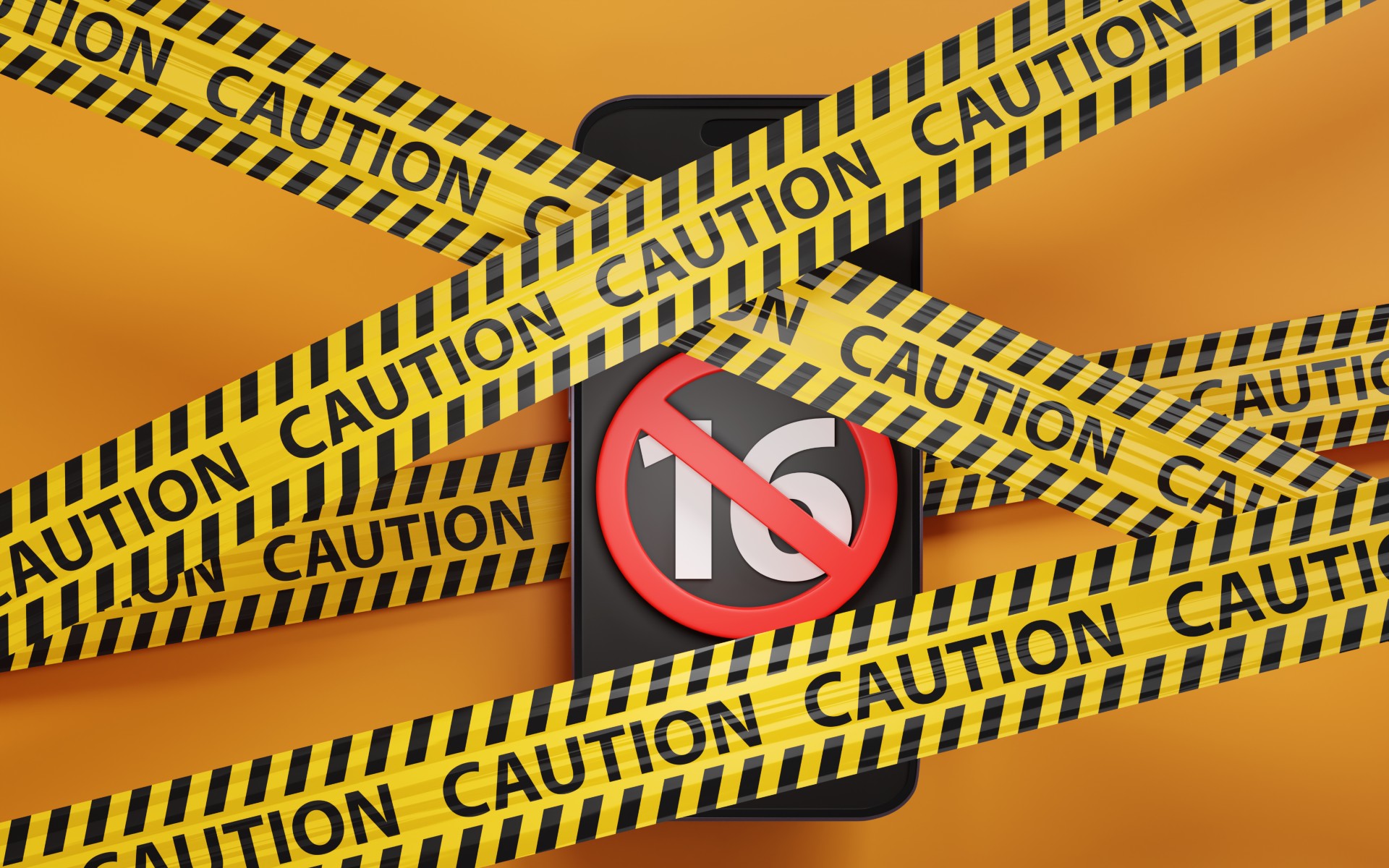Cannibalism: Our man-eating past
U.N. observers have reported evidence of cannibalism in Congo’s civil war, with warring tribesmen making meals of their enemies’ hearts, livers, and testicles. It’s shocking—but not as unusual as we’d like to think.
Where did cannibalism begin?
There have been reports of cannibalism throughout history, but perhaps the most influential came from Christopher Columbus, after his second voyage to the New World, in 1495. He claimed that on the island of Guadeloupe he had discovered a recently abandoned feast of human limbs simmering in cauldrons and roasting on spits. It was, he said, the work of the “Canib” tribe—a mispronunciation of “Carib”—which gave rise to the Spanish word canibales. Other explorers told of cannibalism among tribes in the Amazon basin, Africa, Australia, Fiji, Sumatra, New Guinea, and Polynesia. In Polynesia, humans are still sometimes known as “long pig,” on account of their similarity to pork.
Haven’t such travelers’ tales been discredited?
The Week
Escape your echo chamber. Get the facts behind the news, plus analysis from multiple perspectives.

Sign up for The Week's Free Newsletters
From our morning news briefing to a weekly Good News Newsletter, get the best of The Week delivered directly to your inbox.
From our morning news briefing to a weekly Good News Newsletter, get the best of The Week delivered directly to your inbox.
They were for a time. In 1979, anthropologist William Arens published The Man-Eating Myth, in which he argued that stories of cannibalism were racist lies. Historically, he pointed out, communities that are considered threatening or inferior have often been described as cannibalistic. The Romans accused the Celts of eating people; the English accused the Irish. Stories of cannibalism among African tribes eased the consciences of European slave traders: They argued that they were doing the Africans a favor by rescuing them from such depraved activities. In 1503, after the Spanish crown decreed that only cannibalistic tribes in America could be enslaved, man-eating natives were suddenly discovered all over the New World. Arens’ thesis—that cannibalism was a fiction invented to justify Western colonialism—proved hugely influential, ushering in a period of “cannibal denial” among anthropologists.
Are they still in denial?
No. Recent scientific discoveries have proved beyond a doubt that cannibalism was once commonplace. The last society to admit to ritual cannibalism, the Fore tribe of New Guinea, stopped in the mid-’50s after an outbreak of kuru—a brain disease closely related to mad cow disease and brought on by consuming rogue proteins called prions in human brain tissue. British scientists studying the Fore discovered that many of them had developed a genetic resistance to the disease. They then took samples from populations around the world and found the same result. Cannibalism, the scientists concluded, was once so commonplace that humans evolved a genetic resistance to the diseases associated with it.
Is there archaeological evidence?
A free daily email with the biggest news stories of the day – and the best features from TheWeek.com
Plenty. Human myoglobin—a protein found only in human muscle tissue—has been discovered in the 1,000-year-old feces of the Anasazi people, ancestors of today’s Pueblo Indians. At the same sites, in the Southwest, archaeologists found human bones that had been boiled in a pot until they were polished smooth, and skulls that had been roasted, face up, over a fire. Caches of butchered human remains have also been discovered in France, Spain, and Britain. Some of the British remains date from between 30 B.C. and A.D. 130 (around the time of the Roman invasion), suggesting that the Romans had a point: The Celts did eat people after all.
Why would anyone eat humans?
In many cultures, endocannibalism—eating one’s deceased relatives—was a mark of respect for the dead. The Fijians ate their vanquished enemies in a spirit of reverence. The Aztecs, on the other hand, captured their enemies in order to sacrifice them to the gods. The prisoners were led, one by one, to the sacrificial altar. The priest would cut open the chest cavity, first peeling back the skin and then sawing through the sternum and ribs—all while the victim was still conscious. The heart was pulled out and held aloft—still beating—before the cheering crowd, and then cooked and eaten. Each prisoner represented one of the gods; eating him brought the participant closer to the deity. Some anthropologists believe the Eucharist has its origins in similar pre-Christian ceremonies, in which someone acting as a proxy for the deity was killed and eaten.
When did cannibalism become taboo?
At about the time humans began farming, which made dining on human flesh both unnecessary and in poor taste. “It is likely,” says archaeologist Timothy Taylor, “that the cannibalism taboo arose for status reasons; that being able to farm your own food, raise your own livestock, and bury your dead on your own land came to be seen as an expression of wealth and power.” But even among “civilized” societies, people have reverted to eating each other when no other food is available. Napoleon’s troops resorted to cannibalism during their retreat from Moscow in 1812; so did the starving citizens of Leningrad during Hitler’s siege of the city. In 1820, sailors stranded in three lifeboats after the sinking of their whale ship, the Essex, survived by eating the bodies of their dead mates. When the dead were all eaten, survivors drew lots, killed the loser, and consumed him. In the last lifeboat found, one half-crazed sailor was found with a small collection of licked-clean human bones, sustaining himself by sucking out the marrow.
Modern cannibalism
-
 ‘The economics of WhatsApp have been mysterious for years’
‘The economics of WhatsApp have been mysterious for years’Instant Opinion Opinion, comment and editorials of the day
-
 Will Democrats impeach Kristi Noem?
Will Democrats impeach Kristi Noem?Today’s Big Question Centrists, lefty activists also debate abolishing ICE
-
 Is a social media ban for teens the answer?
Is a social media ban for teens the answer?Talking Point Australia is leading the charge in banning social media for people under 16 — but there is lingering doubt as to the efficacy of such laws